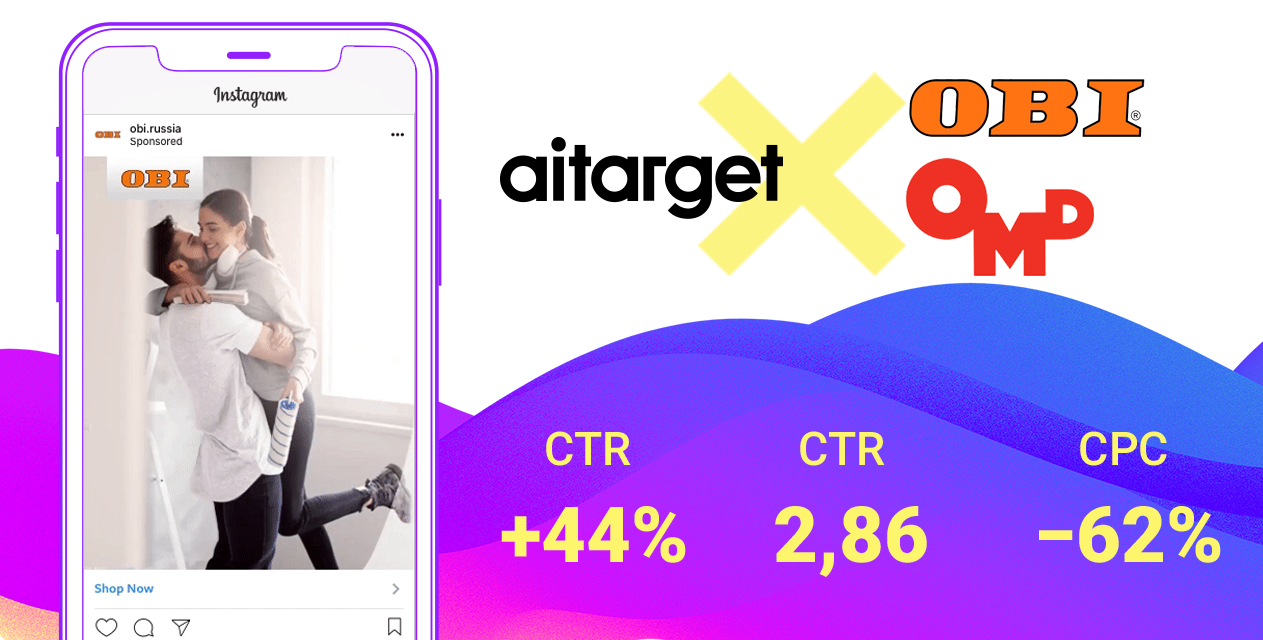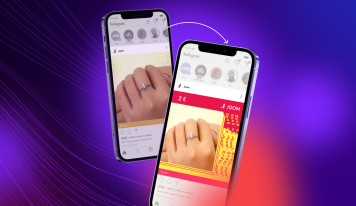Lessons from Aitarget teaming with OMD MD agency and DIY retailer OBI for a huge test of creatives that increased CTR by 44%
What products do you choose to show in your Facebook ads? Which items from a large catalogue are more likely to attract and engage Instagram users? Retailers often follow a particular framework, for example by only showcasing their best-looking, or most popular, or most expensive, or cheapest, or on-sale products (there are many variants).
But does this work best? Or are you missing out on something by thinking this way?
A great thing for modern advertisers is that they can be greatly helped by artificial intelligence and Facebook’s own algorithms, as well as those of the social network’s partners such as Aitarget. Together with the OBI chain, one of the biggest players on the European DIY market, Aitarget and OMD MD agency looked at three effective methods for testing different announcements and choosing the ones with the highest conversion rate.
1. Announcement Rotation
The more you test, the closer you get to ideal ads that generate leads and sales. But what if you have many more hypotheses to test than Facebook’s built-in features allow for?
We could increase the scale of our split testing by several times over, while remaining efficient at the auction and saving money from our budget.
Step 1: Determining the business goal
Our overall goal was to improve business metrics by increasing the Click-through Rate (CTR) and attracting more traffic to the website, with no additional expenses.
As a large retailer, OBI had hundreds of promotional products; not all of them could fit into the advertising campaign. That is why our second task was to understand which products could deliver the highest CTR. We compared many ads to pick those with the highest CTR.
We had a short amount of time, literally a couple of days, to test over 100 announcements and choose the most productive ones CTR-wise, and turn off all the others.
How did we do this?
Step 2: Creating a Testing Base
For testing, we launched five ad campaigns for Facebook and Instagram; about 10 to 20 announcements each. The ads were targeted at people living in cities with OBI stores, those with «Repair» and «Interior Design» in their interests, as well as those who had just moved.
Quickly preparing such a large number of creatives for testing could be a huge challenge. We solved that by utilising Aitarget’s E-commerce Tool.
That tool took 30 minutes to generate all 100 videos (for suitable product categories) from the product catalogue and based on OBI’s branded ad template. These videos were automatically loaded into Ads Manager, saving significant time for the ad agency and retailer.
Step 3: Setting up Rules for Displaying Announcements
We chose a specific strategy to test. If such a large amount of promos all reached the auction at once, the efficiency of the campaigns would sink due to competition between the announcements. To avoid that, we used automation.
We set up rules for the automatic announcements in such a way that the promos would be shown one after another over the course of three to five days. After reaching the set amount of impressions, the ad would stop and be replaced by the next one in the queue.
The criteria for ad efficiency was CTR. During a two week campaign (from 15 August to 4 September 2019), two days were spent on determining the attainable amount of impressions. Afterwards, we determined the minimum number of impressions for creatives.

In three to five days we could select the creatives that got a higher-than-average CTR. Those ads continued to be shown to the audience, and all the others were turned off.
Results
After turning off automation and once only the most effective promos were being shown, CTR rose by 44% compared to results before automation.
At the same time, we could lower CPC by 62%.
Advantages:
- There is no limit to the amount of creatives you can test.
- Announcements don’t get moderated twice.
Limitations:
You can test out creatives, but not audiences.
*DIY is better together.
Better and better each time!
The winning OBI promos based on our test results
All advertisers notice that CPC on social networks is constantly growing, especially during busy seasons, says Anastasia Sumina, Head of Business Development at Aitarget. For DIY retailers like OBI, that season spans spring and summer. “This is why, first of all, companies will have to up the ante in order to attract more clients, due to growing competition at the auction,” says Sumina. “Secondly, companies try to pick products that, to their mind, the audience enjoys the most. As a rule, these are products with the most attractive prices. But can we be 100% sure that your opinion aligns with the interests of your target audience?”
Sumina says businesses can understand what users expect by testing various hypotheses (from colour schemes to product lines, layouts, templates, overlays and more) in a way that prevents competition between the varying ads. “By marketing the winning creatives with the products that definitely work for its audience, the brand will get better results.”
Daniil Shcherbakov, OBI Russia Digital Media Planner, praised the Aitarget Tool for its fast and affordable work with mass creation of video creatives, that allowed businesses to test such varied hypotheses. “It gives you the possibility of launching multiple creatives at once, without them competing against each other,” says Shcherbakov. “As a result, an objectively winning creative is determined for further marketing. Thanks to this testing, we determined the creatives with the products our target audience picked, instead of the subjective opinions of market researchers.”
For Nikita Utkis, Paid Social Group Head in the OMD MD agency, using Aitarget’s Tool meant that they could expand the basic functionality of Facebook Ads Manager. “We displayed a massive base of automatically prepared creatives to our audience, and picked the ones that attracted the most attention in the news feed and only contained information about the products the users really needed,” says Utkis. “The Tool helps to considerably save on resources for launching such a massive campaign and providing relevant information about the products.”
Along with Announcement Rotation, we looked at two other effective methods for testing and choosing creatives with the highest conversion rates.
2. Dynamic creative
This is an example of how you can use the capabilities of the tools Facebook provides. Businesses can upload multiple variants of basic ads components ( title, description, image/video, CTA). Then the Dynamic Creative algorithm combines these elements into multiple creatives, launches announcements, and optimises them.
Advantages:
- You can save time as announcements are created automatically.
- You can see which components of the announcement work better than others.
- The algorithm automatically chooses which creative to show to different users with different placements.
Limitations:
- There are a limited range of campaign goals and combination variants (eg a maximum of 10 images and five variants for each block of text).
- The results of all displayed variants are shown, without separate results.
- You can’t combine it with customising announcements for various placements.
- You can’t control which announcement to show, as the algorithm picks it on its own.
3. Split Testing
Split testing is one of the most effective ways to get more conversions.
With split testing you can see how your audience reacts to various announcements and pick the one with the highest conversion rate to display. In this case, hypotheses aren’t tested by changing the creative, but by splitting the audience into groups.
Advantages:
- You can test your design, optimisation, audience, and placements.
- Audiences don’t overlap.
- Each ad set has an equal chance on the Facebook Ad Auction.
Limitations:
- A maximum of five types of the same parameter can be tested each time.
- Only the price of the results of each audience group is being evaluated.











